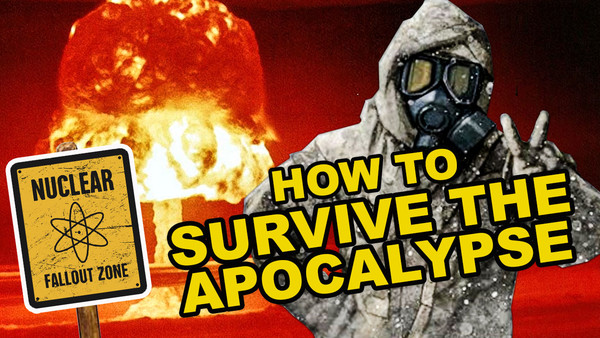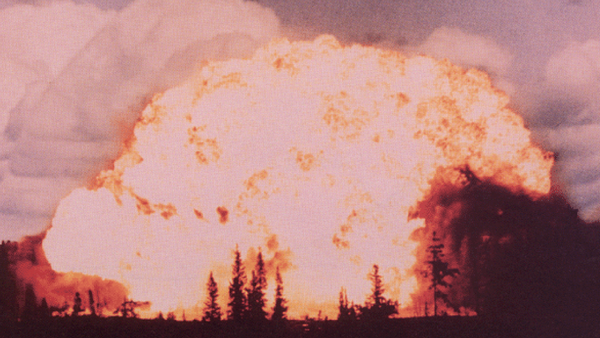Do This During A Nuclear Bomb Attack
Protect and survive: keep this booklet handy.

During the 1970s and '80s, Britain was caught between two superstates: the Soviet Union and the USA. Being allied with the Americans put the UK in good stead as a major player in global politics, but being against the USSR, they were at risk. As London is only 800 miles away from the former Soviet city of Prague, it was in reachable distance for a prospective nuclear weapon.
Fortunately, the Cold War didn’t reach the levels of a fully-fledged nuclear catastrophe, but for almost half a century, the threat was real. To prepare its citizens for an unlikely attack, the Home Office was responsible for informing the British public on what to do in such an event. Through various pamphlets and television shows, Brits were given much guidance, and the most infamous of these coming from the 1976 booklet, Protect and Survive.
Protect and Survive broke down the information into four categories: Challenge to Survival, Planning for Survival, Protect and Survive, and Your Action Checklist. Let’s look at what we all need to do in order to survive the nuclear apocalypse.
11. Avoid The 5-mile Radius Of The Bomb Blast

The pamphlet begins not by discussing current global political events - there isn’t much time, we’re going to be bombed! Instead, it describes the two biggest killers in a nuclear attack: the blast and the fallout.
Firstly, if you find yourself outside of the 5-mile blast zone, you’ve survived the first challenge. If you’re in ground zero, well, you needn’t worry about following the next steps.
After the blast, the fallout (described in the pamphlet as ‘deadly dangerous’ dust that) rises in the air and can be carried by winds for hundreds of miles. It is invisible and can penetrate several materials, but loses its potency when passing through, so thicker walls are necessary.
When planning for nuclear war, it is best to find one room in the centre of your house - away from exterior walls and the ceiling - and create a thicker line of defence by stacking shelves, doors, suitcases and bags around the outside of the room.